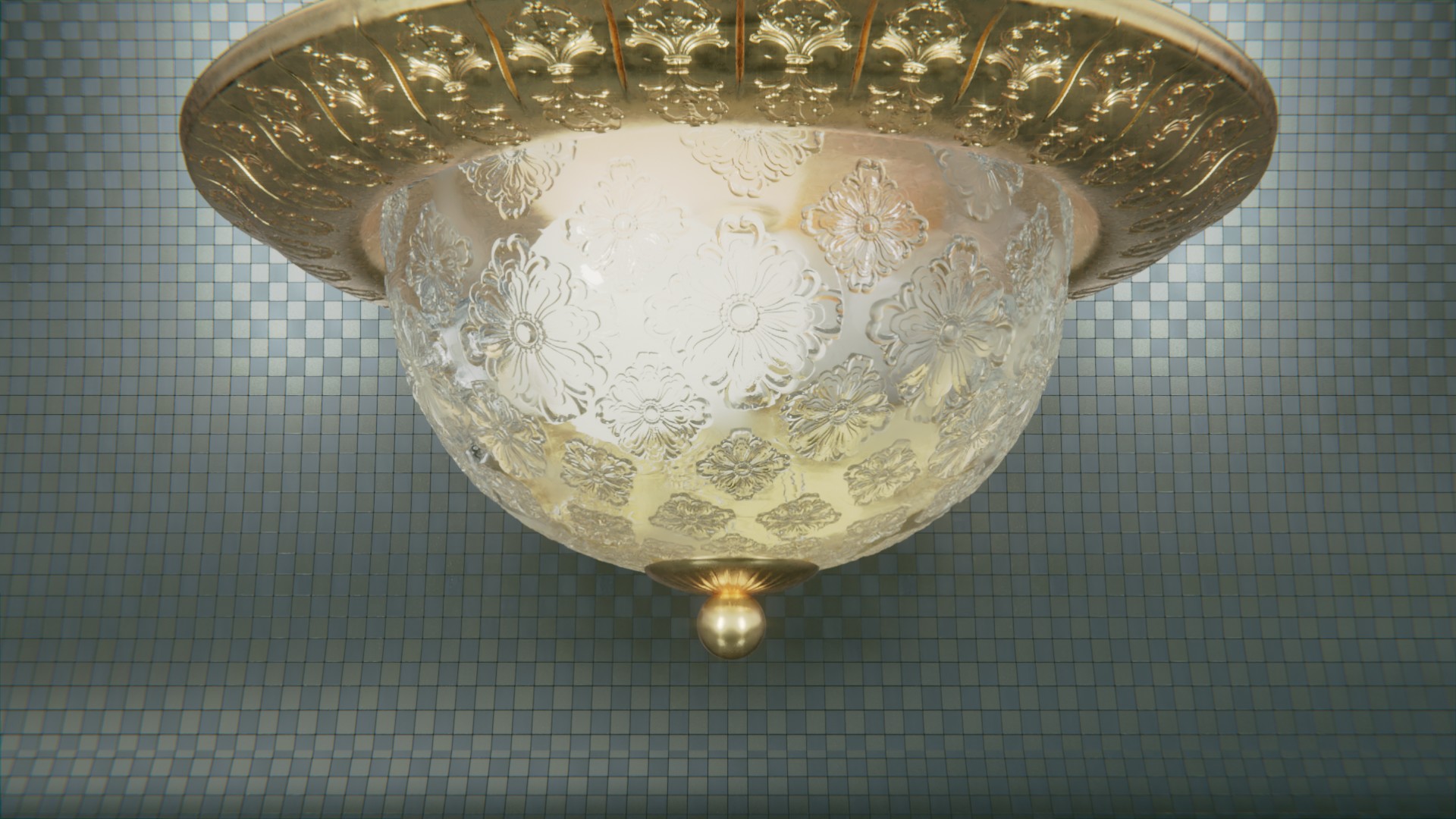Youtube
How I made the entry to the Mythology cgboost contest
If you find this site helpful, consider my Patreon Page.
I made this entry into the Cgboost Mythology Contest.
How to add realism to your environment
This tutorial talks about a scene done in cinema4d, but most of the ideas can be used in any 3d program.
Ceiling Fixture
If you find this site helpful, consider helping me learn blender and posting on this site with my Patreon Page.
I made this image by following this tutorial.

I used this tutorial here,
- Read more about Ceiling Fixture
- Log in to post comments
Modifiers Uses
Beginner
He briefly explains the modifiers in 2.8.
Cool uses for several modifers.
- Read more about Modifiers Uses
- Log in to post comments
Constraints Explained
Constraints
Beginner
This person has some great ideas on how to use constraints to keep an object to a path, rig a piston, rig a jet exhaust, He uses the snap to curser shift s keyboard shortcut. He has some parts which don't constrain properly, and he shows you how to fix those issues.
- Read more about Constraints Explained
- Log in to post comments
How to make a room
Beginner
Intermediate
This person from decoded has all the basics of making a room. He explains how get the camera settings from a thirdparty plugin, and how to make the room, furniture, and lighting. If you do this tutorial you should be able to make a very nice room.
- Read more about How to make a room
- Log in to post comments
Quickly add details and atmosphere with photoshop
Beginner
This person describes the whole process he did to make a fantasy landscape. He blocked out the shapes for his idea, and then added some elements like a picture of a hiker, some landscapes, and textures them, and then lights, and adjusted his camera. He then goes over all the steps he did in photoshop which were straight forward. I'm sure you could use gimp or something like that also. Overall a very nice tutorial. The addition of photoshop really makes the image much nicer.
Reference
Reference
When you start a project, always get reference first. This will guide you through the process. You can go back to an image and ask yourself how do I make that, or I like this style, or that looks a certain way. Without reference your guessing. Don't. Real world video, real world items are used as reference to go beyond and make imaginary seem Real. How does granite or marble look like in real life? How does a fruit look? Use google images, or bing, or youtube. Some images can inspire also.
- Read more about Reference
- Log in to post comments
Plugin Camera Shakify
Where to get the Camera Shakify Addon
You can get the Camera Shakify add-on on Github . Click the green button, and click download zip. It is always good to check if there are newer versions and to read instructions.
This camera lets you get that Ian Hubart sytyle camera shaking easily. I've tried to replicate his style by using the graph editor and using the noise modifer, but with out much success. But this plugin really helped.
- Read more about Plugin Camera Shakify
- Log in to post comments
How to make Space Ship Interiors
Inspiration
Beginner
Chong made a superb Tutorial in which he makes and animates a Sci Fi Corridor. He models all the parts needed, (He uses a Boolean approach.) An important tip is how he keeps the models to 1 meter, and sets the origin points to the lower right of the models so he can tile them later in geometry nodes.
- Read more about How to make Space Ship Interiors
- Log in to post comments